Nomadic Art Camp 2011:
Reviving Biocultural Heritage of Central Asian Mountain Landscapes
The Reviving Biocultural Heritage of Central Asian Mountain Landscapes project aimed to organize a convention of artists from various mountain countries in Kyrgyzstan. This convention presented unique opportunities for promoting cultural diversity, creating a platform for collaboration among artists, and raising public awareness about the importance of preserving both nature and cultural heritage, as well as fostering a harmonious relationship between humans and the environment. The project focused on exploring and revitalizing the biocultural heritage of Central Asia, specifically in Kyrgyzstan’s mountainous landscapes. The first Nomadic Arts Camp was held on the southern shore of Issyk-Kul Lake, nestled in the stunning Ala-Too foothills—a region renowned for its breathtaking natural beauty and rich cultural heritage. Artists from Kyrgyzstan, Kazakhstan, Tajikistan, Turkey, Mexico, France, Germany, Spain and Japan came together in this unique setting, which embraced traditional Kyrgyz food, shelter, and crafts. Living in yurts, the artists fully immersed themselves in the nomadic lifestyle, using local materials to create their artworks. Over the course of two weeks, the artists collaborated in an intimate intellectual environment, sharing diverse perspectives and experiences. The camp fostered meaningful dialogue among artists from different cultural backgrounds, inspiring them to explore themes of biocultural heritage, the environment, and the intersection of tradition with contemporary art. Additionally, the artists had the opportunity to visit local natural landmarks, further deepening their connection to the landscapes that inspired their work. While the exploration of biocultural heritage was enriching, it did present some challenges. Art trends in Central Asia, shaped by recent political events in Kyrgyzstan, often focused on politically charged topics. Moreover, there was a lack of intellectual discourse surrounding biocultural heritage, making it difficult for the artists to clearly express and articulate this concept. Local artists, in particular, were not accustomed to working within this thematic framework, complicating the creation of a collective artistic exploration of the subject.
The second phase of the project involved organizing a film festival at the Republican House of Cinema. The festival showcased video art, animation, and short documentaries that addressed cultural diversity and biocultural heritage from both local and international perspectives. The event played a pivotal role in raising awareness, attracting specialists and media attention, and offering a platform for continued dialogue about the significance of biocultural diversity in the region. The project culminated in a final exhibition at the Kyrgyz National Agrarian University, where the works created during the Nomadic Arts Camp were displayed. The exhibition highlighted the crucial role of nomadic heritage in the self-identification and cultural preservation of the Kyrgyz people, as well as other nomadic cultures. It also emphasized the importance of integrating traditional practices with contemporary artistic expressions to preserve and revitalize biocultural heritage. This initiative successfully brought together a diverse group of artists, local communities, and cultural experts to explore the rich biocultural heritage of Central Asia’s mountainous landscapes. It provided a platform for intellectual exchange, artistic collaboration, and cultural understanding, while also highlighting the significance of nomadic traditions in the modern world. Through this project, we have not only revived and celebrated the cultural heritage of the region but also fostered deeper connections between art, the environment, and the people of Central Asia.

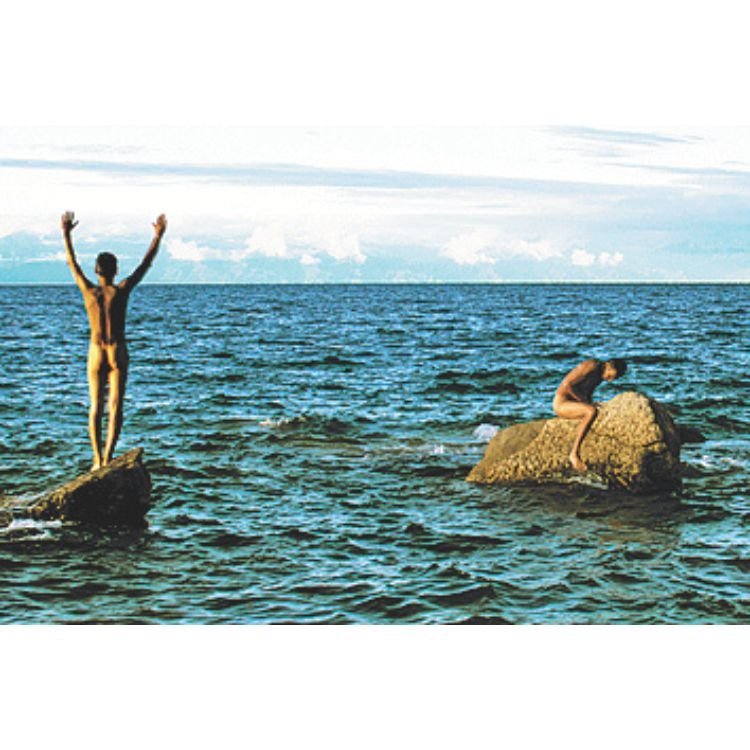

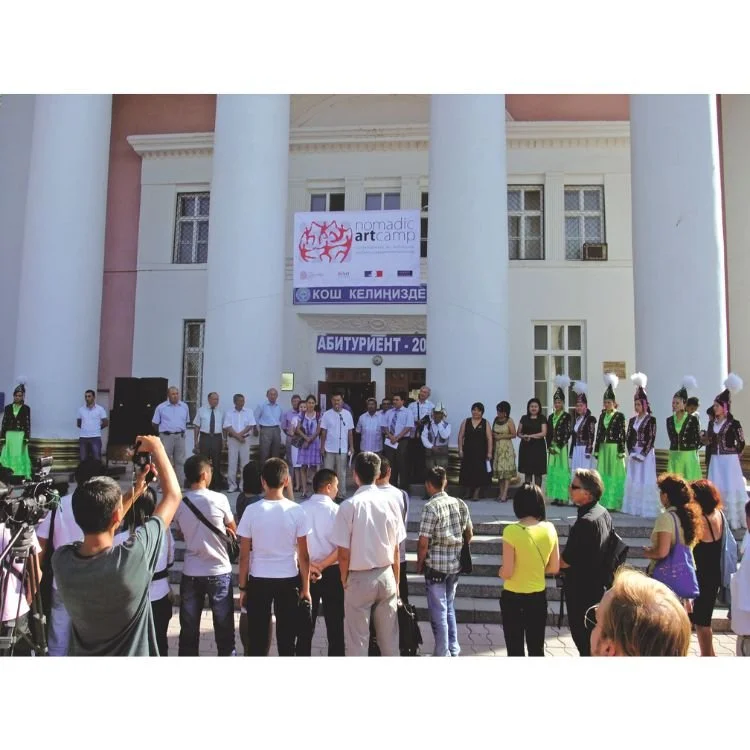


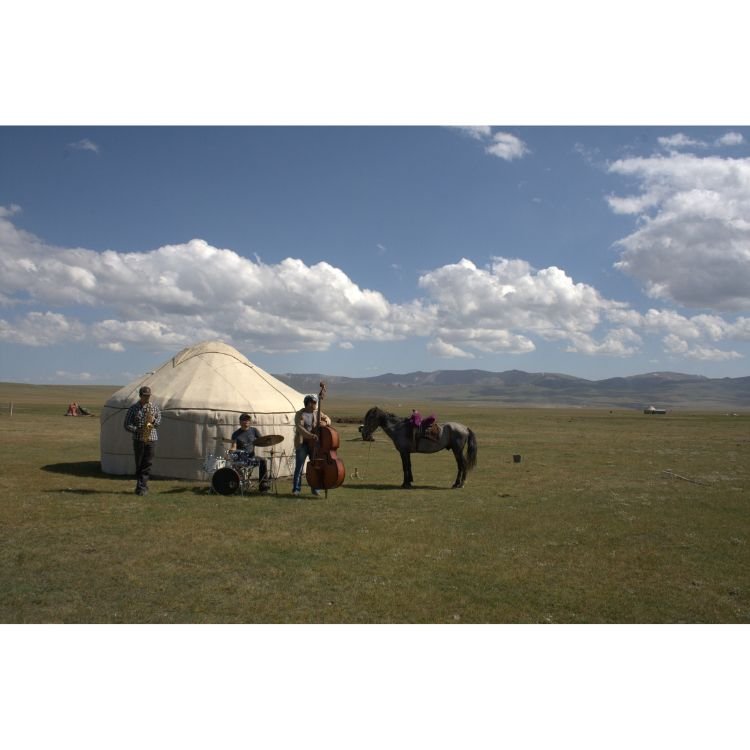

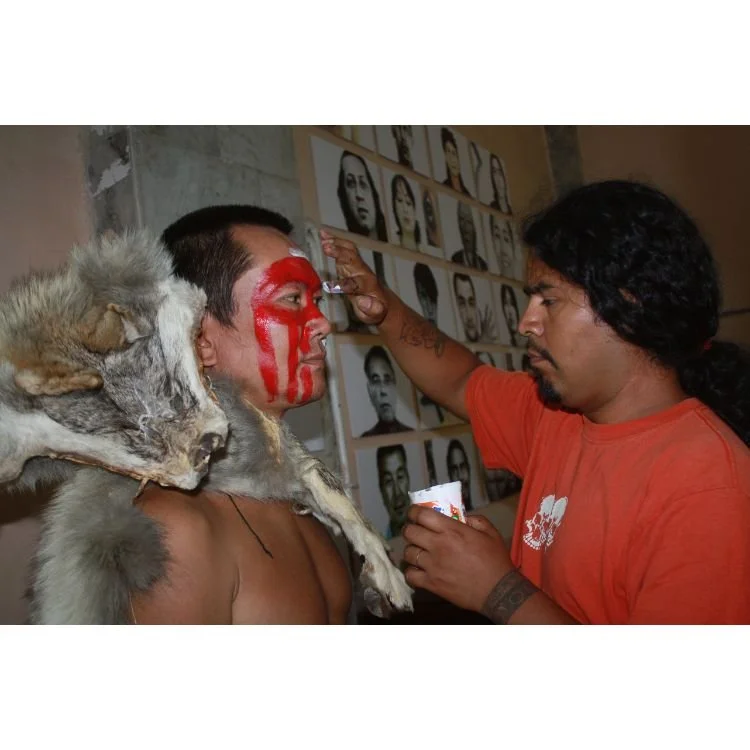
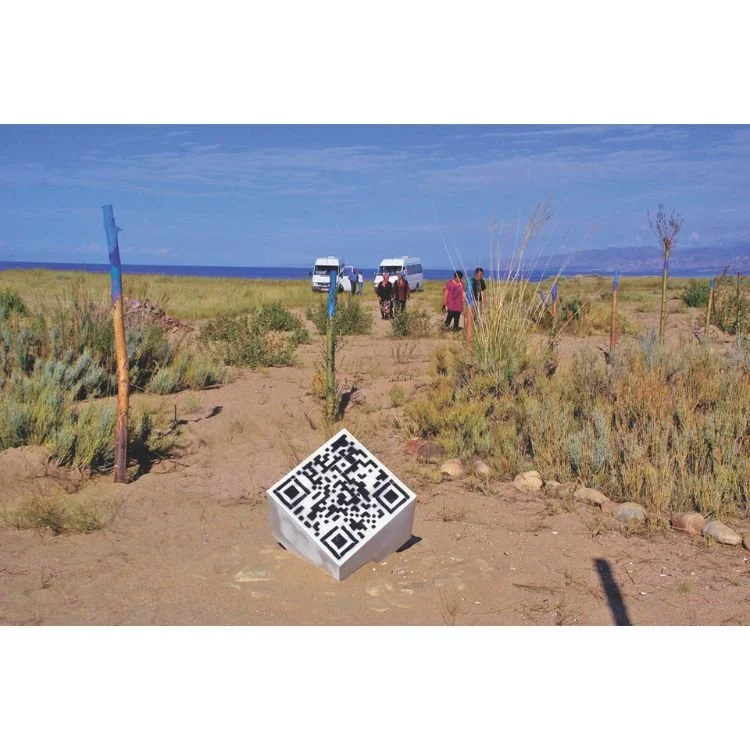

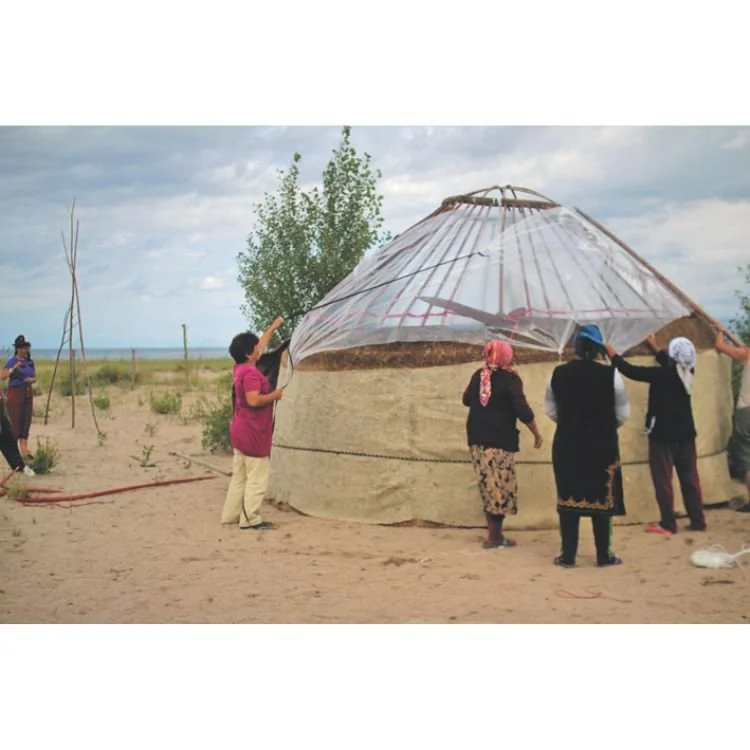
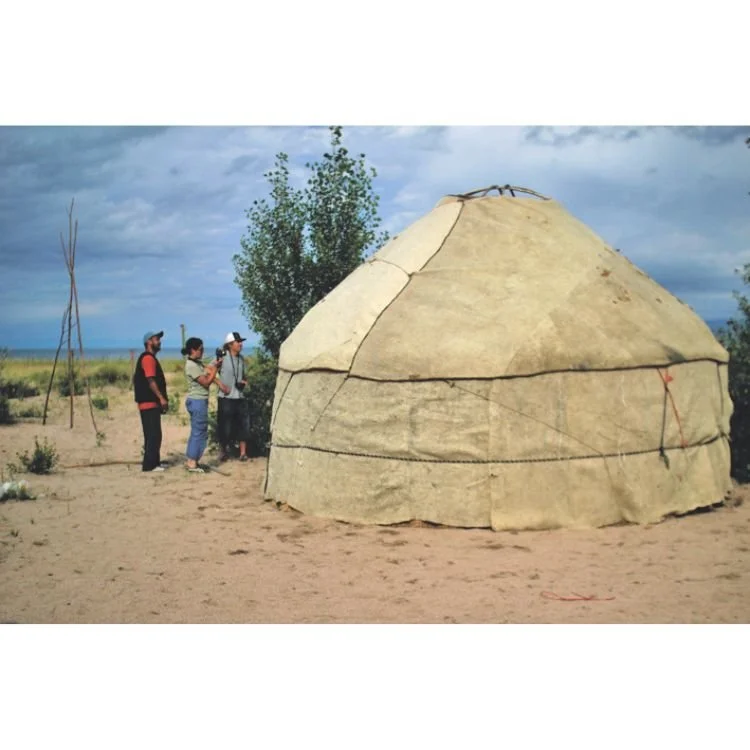


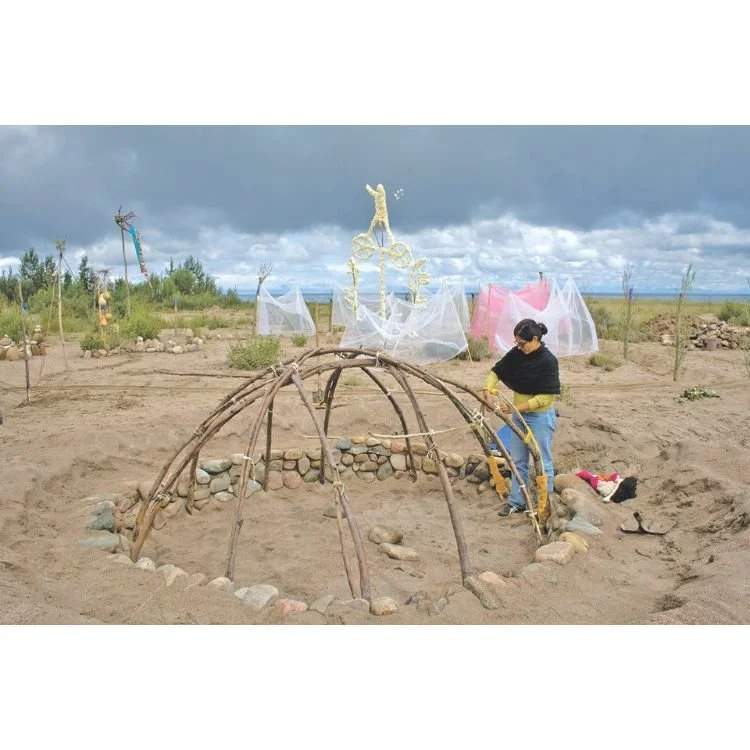

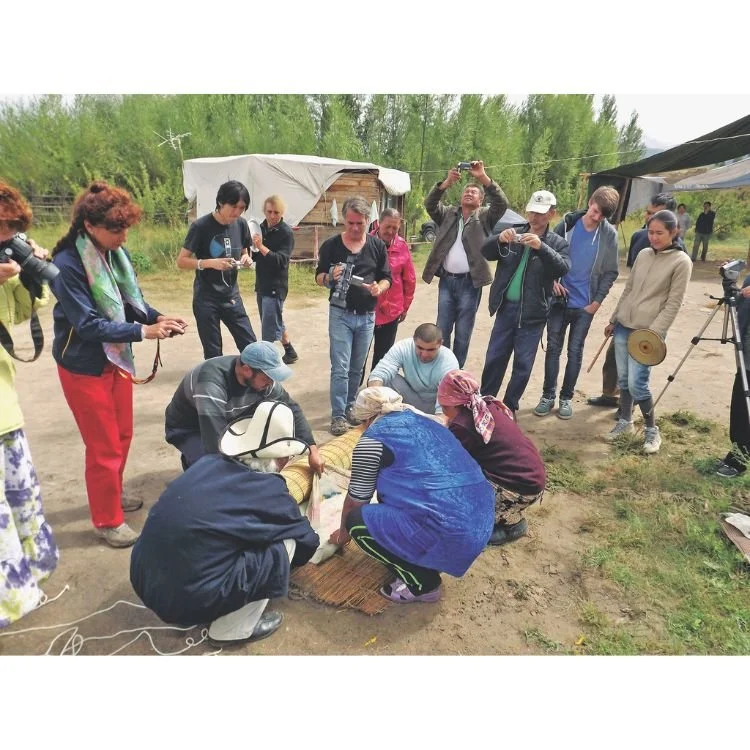
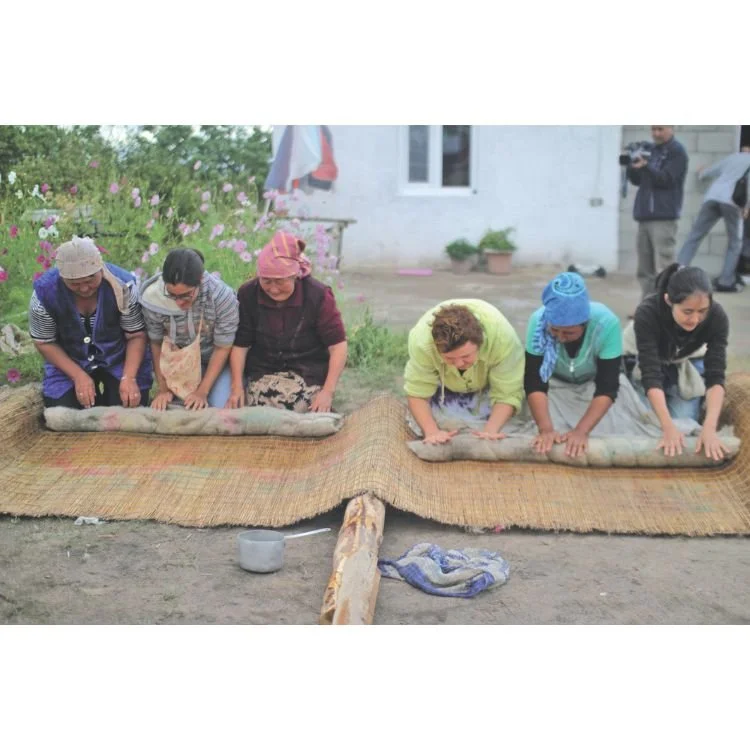
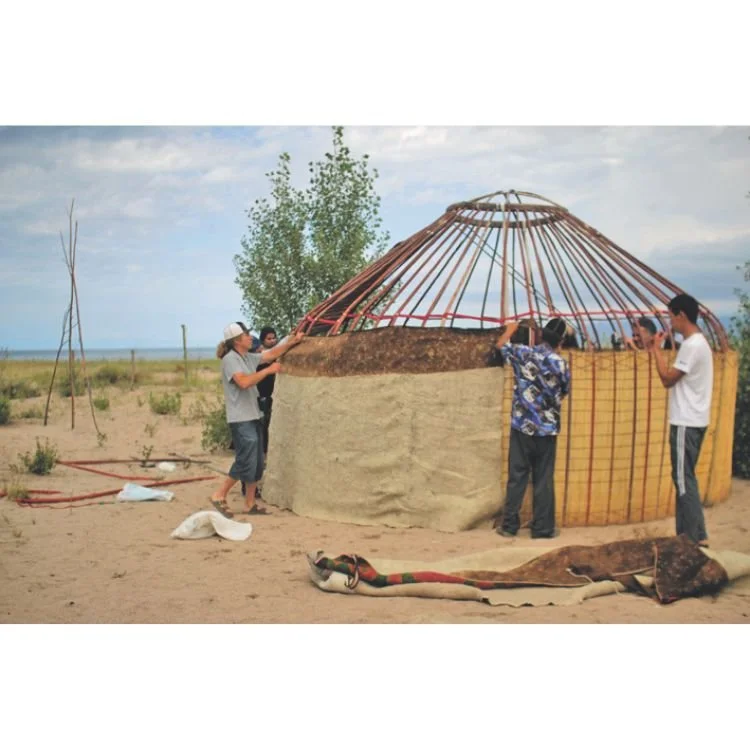
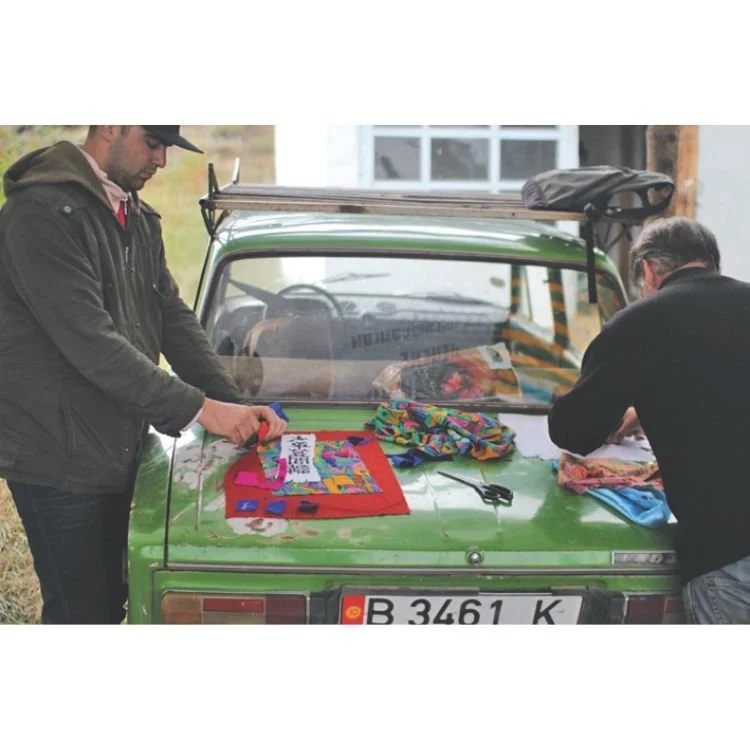

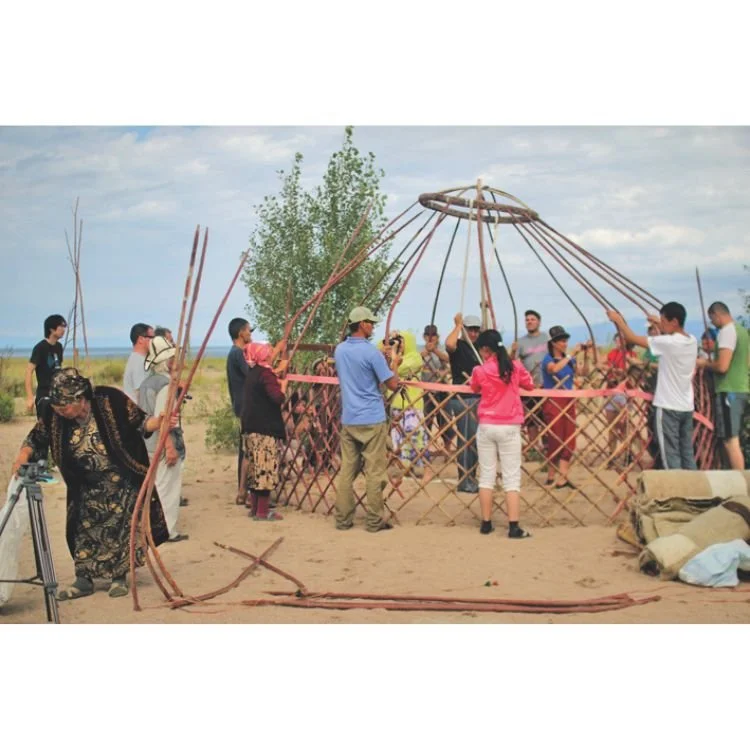
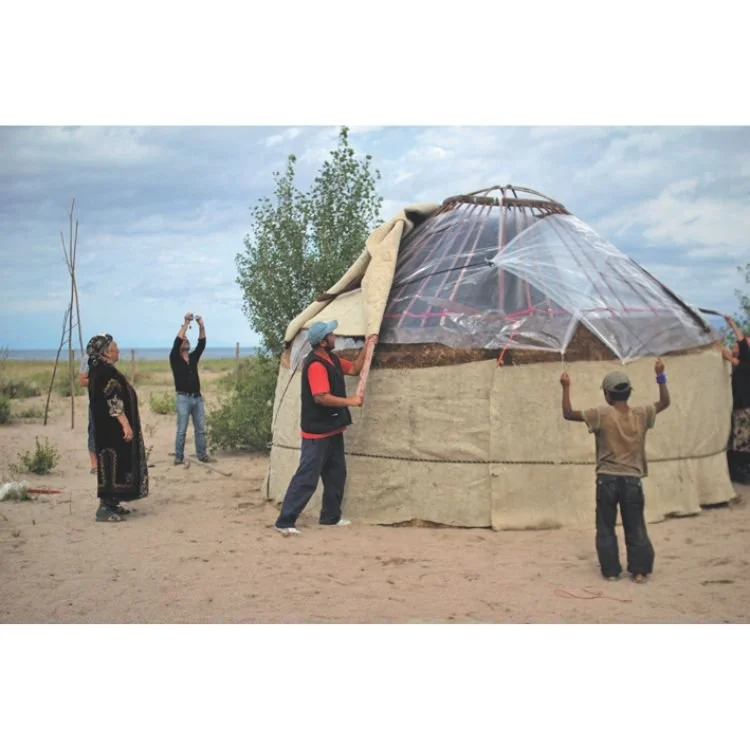
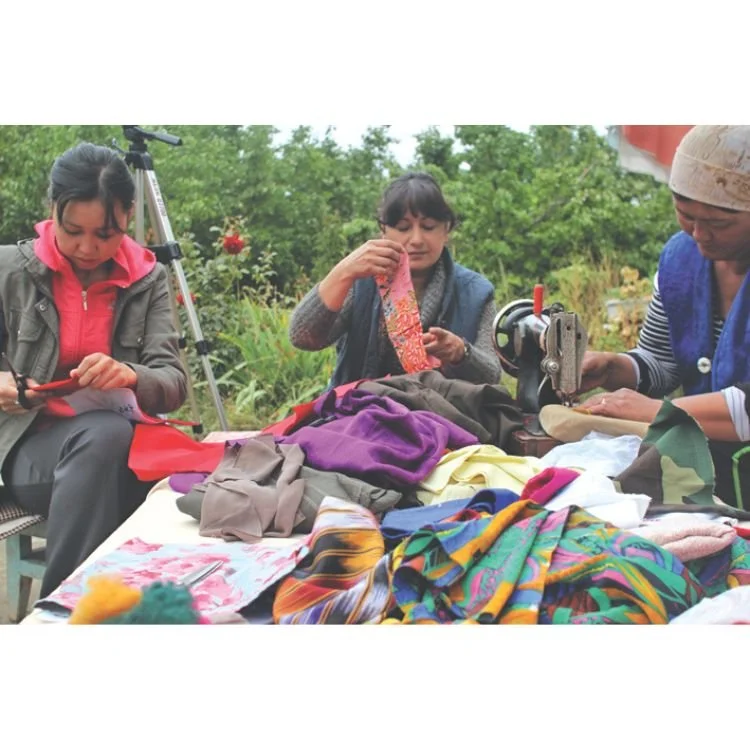
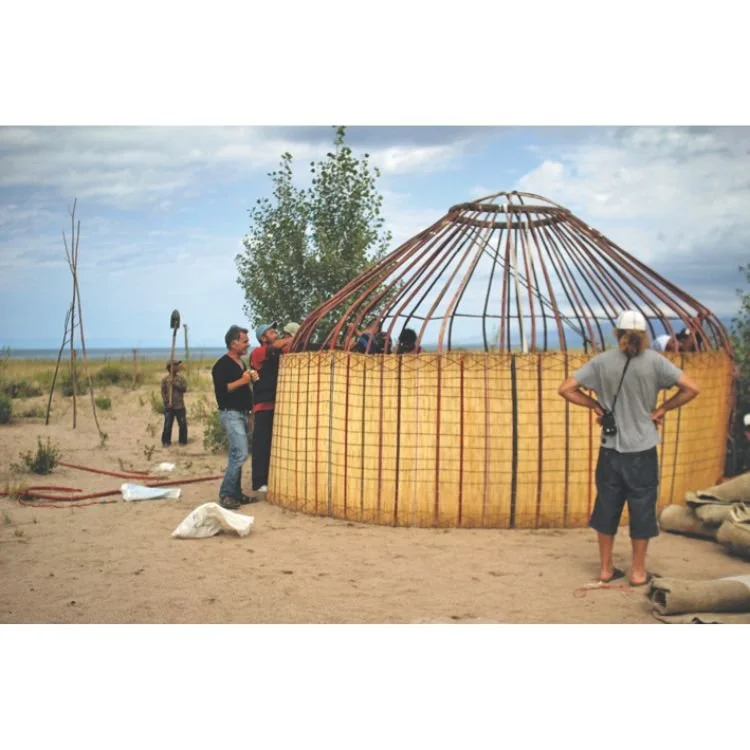

Participants of the Nomadic Art Camp at Issyk Kul Lake
Exhibition at the National Agrarian University Museum in Bishkek:
Almasbek Samidinov (KG), Batyr Djaliev (KG), Baktybek Musaev (KG), Alexander Vereshchagin (KG), Ulan Batyrbekov (KG), Sultan Bokonbaev (KG), Karimjan Khasanov (KG), Rasul Kochkorbaev (KG), Sadyrbek Makeev (KG), Evgeny Makshakov (KG), Sulaimon Sharifi (TJ), Sarvinoz Hojieva (TJ), Murodjon Sharifov (TJ), Botakoz Ergalieva (KZ), Irina Maslikova (KZ), Serik Booxikov (KZ), Deniz Erbas (TR), Ekmel Ertan (TR), Fatih Aydoglu (TR), Marc Mercier (FR), Mireille Batby (FR), Lionel Camburet (FR), Sylvie Marchand (FR), Tavy Hornbrook (DE), Alberto Fernandez (MX), Raquel Rodriquez (SP), Ren Yamauchi (JP)
Participants of the Video Festival at the Republican House of Cinema:
French program: Marc Mercier, Robert Kaen, Mounir Fatma, Sylvie Marchand, Lionel Camburet, Annie Auchere Aguettaz, Philippe Astorg, Eric Valette, Valérie Rougé, Tami Notsani, Laurent Mareschal, Bouchra Khalili, Mehdi Meddaci, Zoulikha Bouabdellah, Pascal Lièvre, Pierrick Sorin, Jean Gabriel Periot, Mihai Grecu, Donna Conlon. Turkish program: Deniz Erbas, Yasemin Ozcan Kaya, Neriman Polat, Gulcin Aksoy, Nilbar Gures, Basak Kaptan, Ferhat Ozgur, Suat Ogut, Deniz Gul. Tajik program: Mumtoz Кamolzoda, Djamshed Kholikov, Aziza Rustamova, Aleksey Rumaynzev, Murodjon Sharifov, Sulaimon Sharifi, Ozar Sharifi. Kyrgyz program: Gulbara Tolomusheva, Aidos Toktobaev, Talant Mambetov, Adilet Karzhoev, Alijan Nasirov. Kazakh program: Botagoz Ergalieva, Malik Zenger, Irina Maslimova, Asel Kalieva
Contributing Texts for the Catalogue:
Shaarbek Amankul (KG), Alix de Morant (FR), Marc Mercier (FR), Annie Auchere-Aguettaz (FR), Mireille Batby (FR), Fatih Aydoglu (TR), Sarvinoz Hojieva (TJ).
Curator: Shaarbek Amankul, co-curator: Gamal Bokonbaev